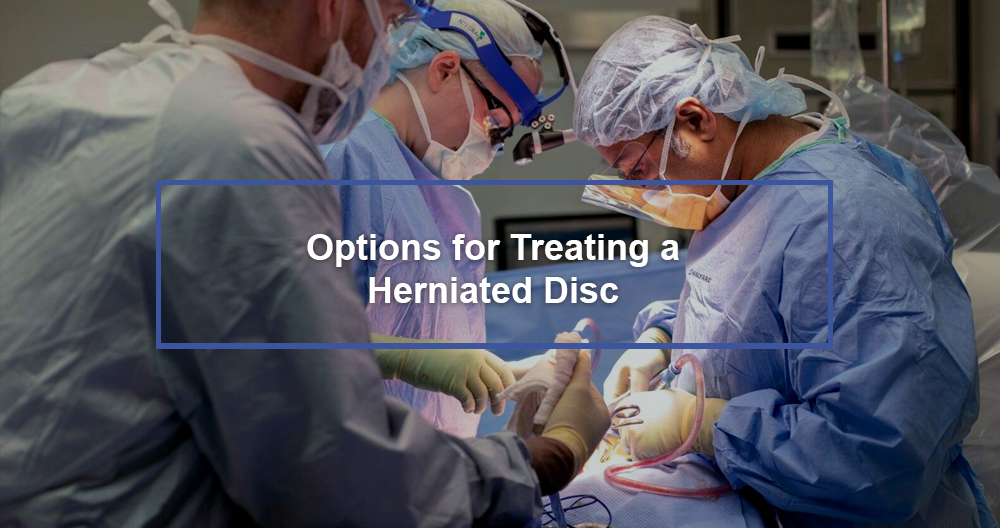
A herniated or bulging disc can happen anywhere along the spine. However, it is most common in the lower back. This condition is also known as a bulging, protruding or ruptured disc. This is the most common reason for lower back pain. At some point in our lives, 60 to 80% of people will experience lower back pain. These people may experience leg pain or low back pain from a herniated distal disc. While a herniated disc may be painful, most people will feel much better after just a few months or weeks of nonsurgical treatment.
Your spine is composed of 24 bones (vertebrae), that are stacked on top of one another. These bones are connected to create a channel that protects the spinal cord. Lower back consists of five vertebrae. This area is known as your lumbar spinal cord.
The following are other parts of your spine:
- Spinal cord and nerves. These cables transmit messages between your brains, muscles, and the spine. Through foramen, openings in the vertebrae that allow nerve roots to branch out of the spinal cord, called foramen.
- Intervertebral discs. Between your vertebrae is a flexible intervertebral plate. These discs have a flat, round shape and are about a quarter of an inch thick.
The intervertebral discs are shock absorbers during running and walking. They consist of two parts:
- Annulus fibrosus. This is the tough outer ring that can be bent and flexibly attached to the disc.
- Nucleus pulposus. This is the soft and jelly-like center of the disc.
Herniated Disc
A disc can herniate when the jelly-like nucleus presses against its outer circle due to wear and tear, or an injury. Lower back pain can result from pressure on the outer rings. If the pressure increases, the jelly-like nucleus may push the outer ring of the disc to the point that it bulges. This pressure puts pressure on the spinal cord and nearby nerve root. The nerves are compressed mechanically by the disc material. However, nerve inflammation can also be caused by chemical irritants released from the disc material. A nerve root irritation can lead to pain, numbness, or weakness in one or both your legs. This condition is called sciatica.
Herniated Disc Cause
Herniated discs are most commonly caused by natural, age-related wear to the spine. This is called disc degeneration. High water content is common in young children and adults. As we age, the water content of discs drops and discs become less flexible. The space between vertebrae and discs begins to shrink. As a result, the discs are more vulnerable to herniation. A herniated disc can also occur after a trauma event like a fall.
Herniated Disc Risk Factors
Your risk of a herniated distal disc may be increased by certain factors. These factors include:
- Gender. Most likely to have a herniated distal disc are men between 20 and 50 years old.
- Improper lifting. Herniated discs can result from improper lifting. Your back may also be vulnerable if you twist as you lift. It is better to lift with your legs than your back to protect your spine.
- Weight. Being overweight can put additional strain on your lower back.
- Repeated activities that strain your spine. Many jobs require physical exertion. Some jobs require constant lifting, pulling and twisting. You can save your back by using safe lifting techniques and other movement techniques.
- Frequent driving. Long-term sitting can place pressure on your spine.
- Sedentary lifestyle. Regular exercise is key to preventing many conditions, such as a herniated disc.
- Smoking. Smoking reduces oxygen supply to discs and leads to faster degeneration.
Herniated Disc Symptoms
Most cases of herniated discs begin with low back pain. This may last for several days and then start to get better.
Other symptoms include:
- Sciatica. This is a painful, shooting sensation that runs from the buttock down to the back part of the leg. It’s caused by pressure on a spinal nerve.
- Tingling sensations in the foot or leg can cause numbness.
- Weakness in the legs and/or feet
- The loss of bladder or bowel control. This is a rare condition and could be indicative of a more serious condition called cauda-equina syndrome. This is due to the compression of spinal nerve roots. This condition needs immediate medical attention.
Both Surgical and Conservative Treatments
The average time frame for cervical and lumbar herniated discs is four to six week. This will help to reduce pain and discomfort. Sometimes it takes trial and error to find the right combination. One treatment may be enough for a patient, but it may prove beneficial to try several options at once. Treatments that focus on pain relief, such as medication, may make it easier for patients to accept other treatments (such a manipulation or physical therapy). Physical therapy helps patients with their recovery. It also teaches them good body mechanics (such proper lifting technique), which can prevent disc damage.


